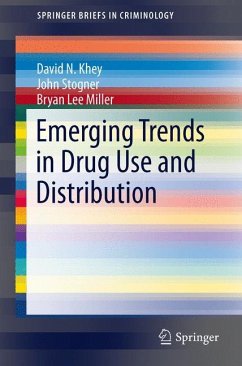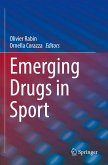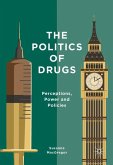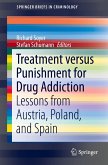This Brief explores emerging trends in drug use and distribution. This timely Brief examines recent examples of emerging drugs including salvia (from the plant Salvia divinorum), bath salts (and other synthetic stimulants) and so-called research chemicals (primarily substituted phenethylamines, synthetic cousins of ecstasy), which have tended to receive brief levels of high intensity media coverage that may or may not reflect an actual increase in their usage. Over the past decade in particular, "new" substances being used recreationally seem to come out of obscurity and gain rapid popularity, particularly spurred on by discussion and distribution over the internet. While changing trends in the drug market have always presented a challenge for law enforcement and public health officials, online forums, media coverage and other recent trends discussed in this Brief allow them to gain popularity more quickly and change more frequently. These rapid shifts allow less time for researchers to understand the potential health consequences of these substances and for law enforcement to stay abreast of abuses of legal substances. This work includes: 1) review of relevant research and literature, 2) review the Internet sources in which many deem important in influencing the emerging drug market, 3) discussion of national and international trends in use, abuse and distribution of these substances and 4) examination of current drug policy and recommendations for the future. This brief will be useful for criminology and criminal justice, sociology and public health. It will also be useful for those that deal with youth and the problems that may develop during adolescence and early adulthood.
Bitte wählen Sie Ihr Anliegen aus.
Rechnungen
Retourenschein anfordern
Bestellstatus
Storno








